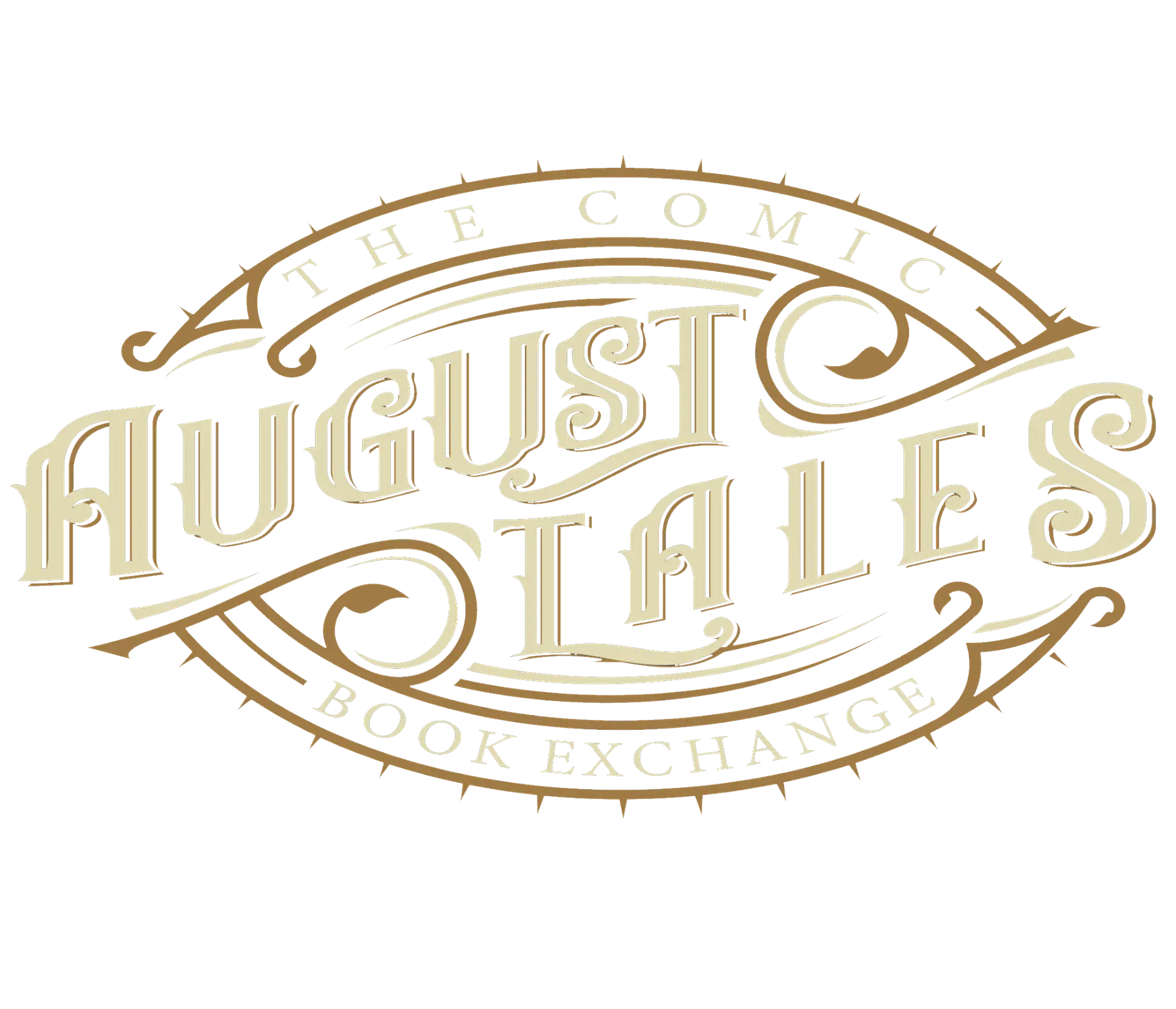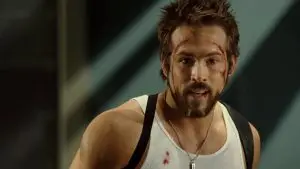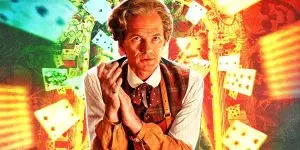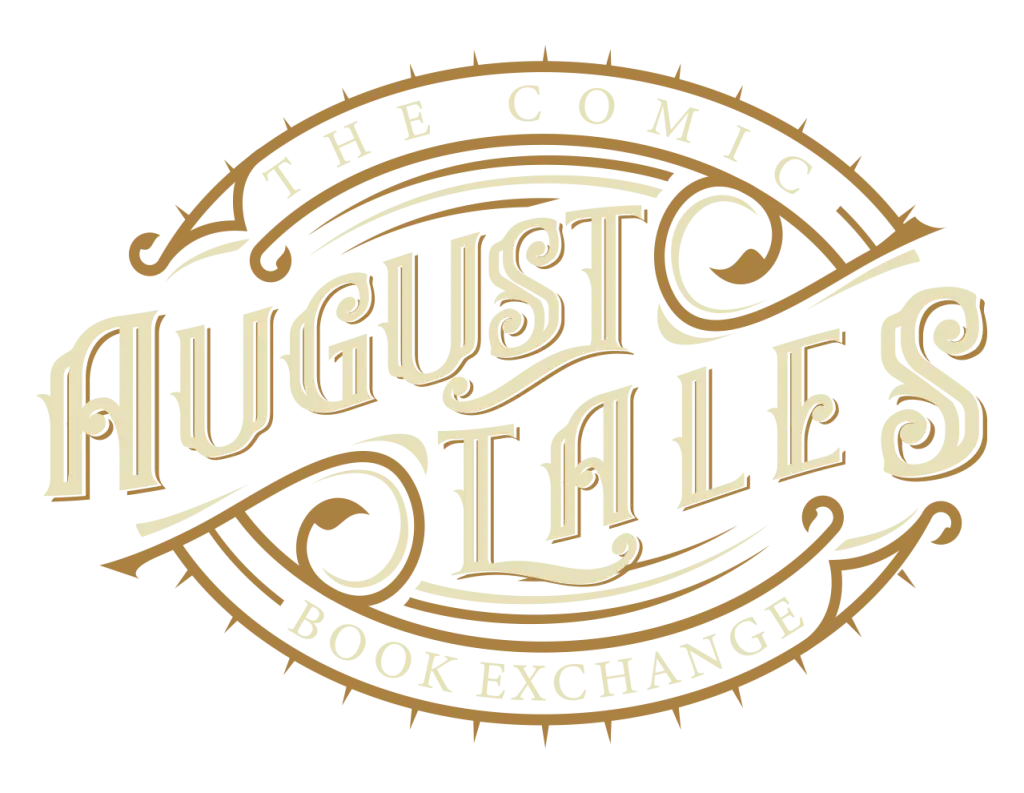In the rich canon of Arthurian legend, few films have channeled the source material with as much operatic weight and visual poetry as Excalibur. Released in 1981, John Boorman’s take on Thomas Malory’s Le Morte D’Arthur didn’t just interpret the mythology—it reshaped the entire fantasy genre around it.
This wasn’t another sanitized tale of chivalry. Excalibur bathed in blood, fog, and betrayal. It fused the grandeur of medieval romance with the surrealism of myth, anchoring it in a mood that would go on to define dark fantasy for decades to come. Before Legend, before Conan the Barbarian, and long before Game of Thrones, there was Excalibur—a film that dared to wield myth like a blade.
Forging a Genre in Fire and Fog
Boorman, already known for the unsettling tension of Deliverance and the sci-fi fever dream Zardoz, approached Arthurian myth with both reverence and madness. He didn’t try to trim the chaos of the source material into a tidy three-act structure. Instead, he embraced its disjointed, mythic sprawl. From the conception of Arthur to the rise and fall of Camelot, the film plays like a fevered dream drawn in steel and fire.
Shot with the ARRIFLEX 35 BL3 camera and enhanced by Canon and Cooke lenses, the film glows with a mystical warmth. Each scene brims with heavy fog, glinting armor, and color-saturated light that would influence fantasy cinema for decades. Its DNA pulses in films like Beastmaster, Willow, and Legend. Even The Lord of the Rings owes part of its visual soul to Excalibur’s atmosphere.
Boorman leaned into a tone that fused horror and majesty. He gave the audience sorcery soaked in sensuality, armor splashed in blood, and betrayal laced with poetry. And through it all, the haunting strains of Wagner’s “Siegfried’s Funeral March” and Carl Orff’s “O Fortuna” underscore the film’s ritualistic grandeur.
Theater-Bred Cast, Cinematic Impact
To sell this strange, shining nightmare, Boorman turned to British theater. The cast is a who’s who of now-iconic performers in early, raw form: Helen Mirren, Patrick Stewart, Gabriel Byrne, Ciaran Hinds, and Nigel Terry as Arthur himself. Their stage experience lent the film a kind of operatic gravitas—precisely the energy needed for gods, monsters, and moral ruin.
Each actor threw themselves into the myth, often literally—Mirren and Byrne’s off-screen tension added heat to their on-screen rivalry as Morgana and Uther. Stewart’s King Leondegrance delivered commands that would echo into Star Trek. And Terry’s Arthur, fragile and noble, embodied the rise and tragic fall of a kingdom built on broken ideals.
But perhaps the film’s most unexpected legacy is Liam Neeson.
Neeson’s Rise from Round Table to Global Icon
Long before Taken, before Jedi wisdom or gritty action dad archetypes, Liam Neeson was a knight of Camelot. Excalibur marked his third feature film, casting him as Gawain—a role that gave him early exposure to genre filmmaking’s epic scale.
The momentum from Excalibur propelled Neeson into cult classics like Krull and mythic oddities like Merlin and the Sword. Eventually, he would become synonymous with stoic gravitas, portraying figures like Rob Roy, Jean Valjean, and Michael Collins. But Excalibur was the forge.
Now, decades later, Neeson returns to screens in everything from gritty thrillers to self-aware comedies. He’s even stepping into Leslie Nielsen’s old shoes in a reboot of The Naked Gun, proving he’s still game to swing a sword—or a punchline.
A Sword That Still Casts a Shadow
Excalibur wasn’t perfect—but that was part of its power. It was messy, ambitious, and unapologetically weird. It wasn’t trying to be a blockbuster. The film was trying to be a myth.
And it succeeded. Boorman didn’t just adapt Arthurian legend—he ignited it. Excalibur stands not just as a genre milestone but as a blueprint for how to tell stories steeped in ancient roots and modern resonance. In the age of cinematic universes and sanitized spectacle, its rawness feels radical.
Some films entertain. Others inspire. Excalibur haunts. It gleams in memory like its namesake blade—half in shadow, half in flame.
Image credit: CBR







